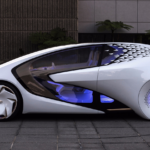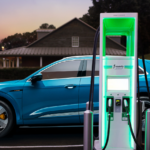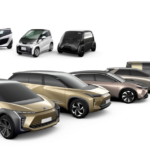Future Cars in 2025 – By 2025, we can anticipate rapid advances in automotive technology, design, and sustainability. In this article we’ll look ahead at anticipated trends and features of future cars including electric vehicles, autonomous driving features, connected cars, eco-friendly materials and eco-friendly innovations – so get ready for an exciting journey through transportation’s future!
Electric Cars Are Now the Mainstream Choice
Innovations in Battery Technology
One of the key drivers behind EVs’ rise in popularity is rapid advances in battery technology. By 2025, we can anticipate even more efficient batteries with higher energy density, longer lifespan and faster charging capabilities; these improvements should result in extended driving ranges for electric cars that reduce range anxiety for consumers while making them a more realistic option for everyday consumers.
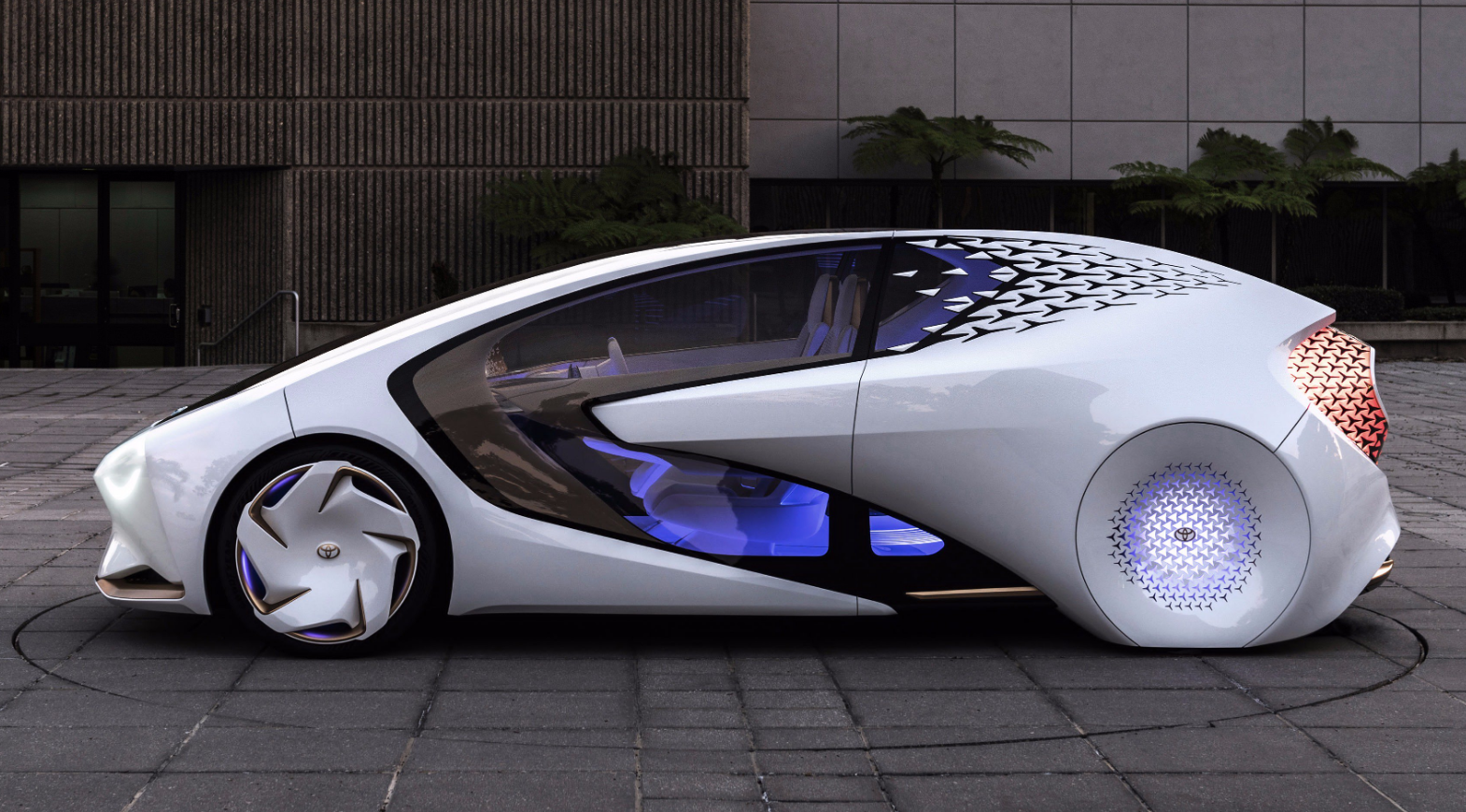
Charging Infrastructure
With increasing EV adoption comes an accompanying increase in charging infrastructure that makes charging cars easier for drivers. Both governments and private companies have begun investing heavily in fast-charging networks which will enable drivers to recharge in minutes instead of hours or days.
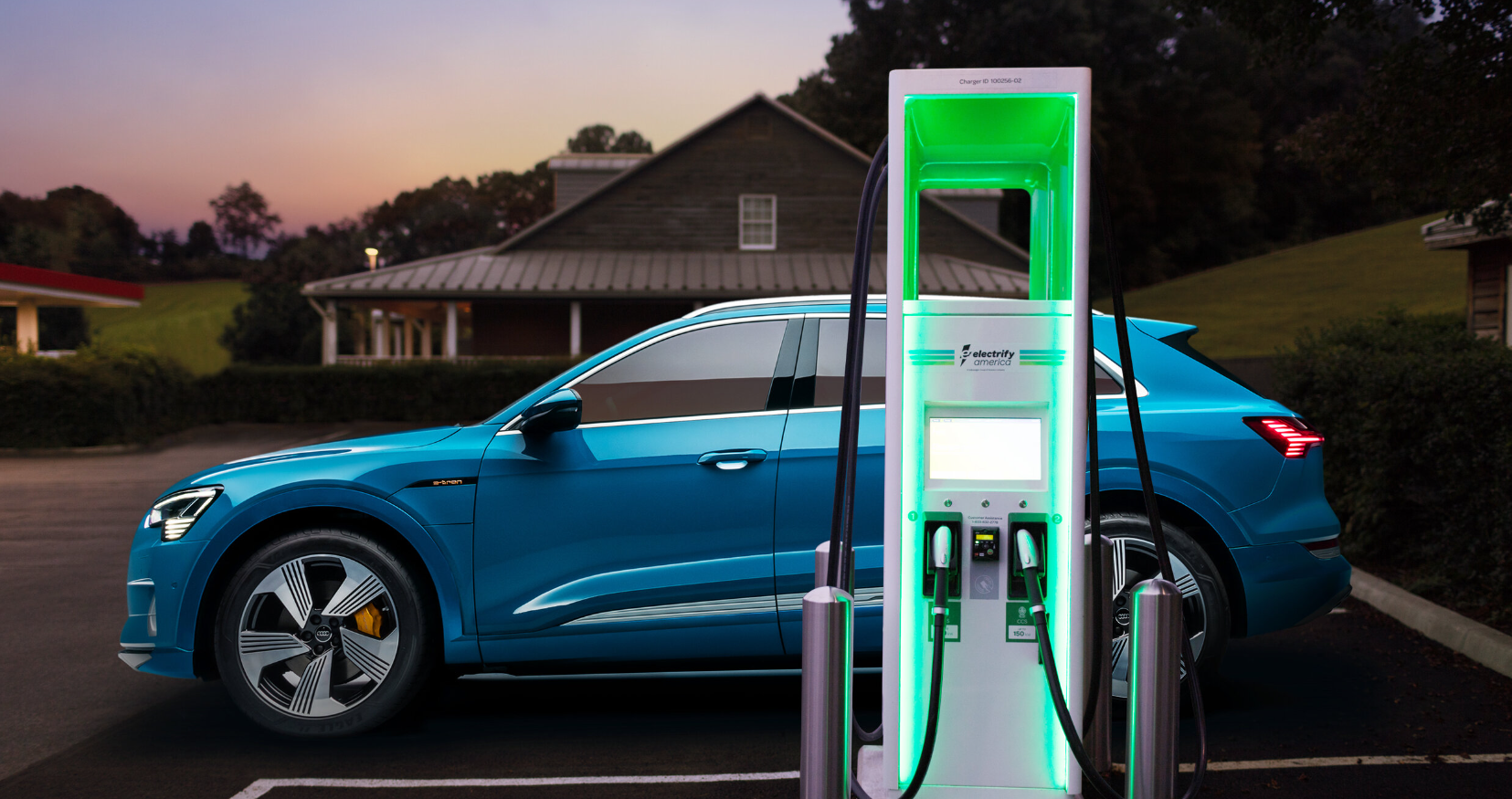
Autonomous Vehicles Are The Future: What’s next big?
Levels of Autonomy
Self-driving cars have long been an obsession, and 2025 may see a noticeable surge in vehicles featuring advanced autonomous features on the roads. Autonomous driving technology can be divided into levels from Level 0 (no automation) to Level 5 (full automation). By 2025, we could expect many cars will have achieved Level 3 or 4 autonomy allowing hands-off driving conditions in certain conditions.
Self-Driving Cars Have Many Advantages
One of the primary advantages of autonomous vehicles is their potential to improve safety. Human error accounts for a considerable portion of road accidents; by automating driving processes, self-driving cars may help decrease accidents and fatalities on our roads.
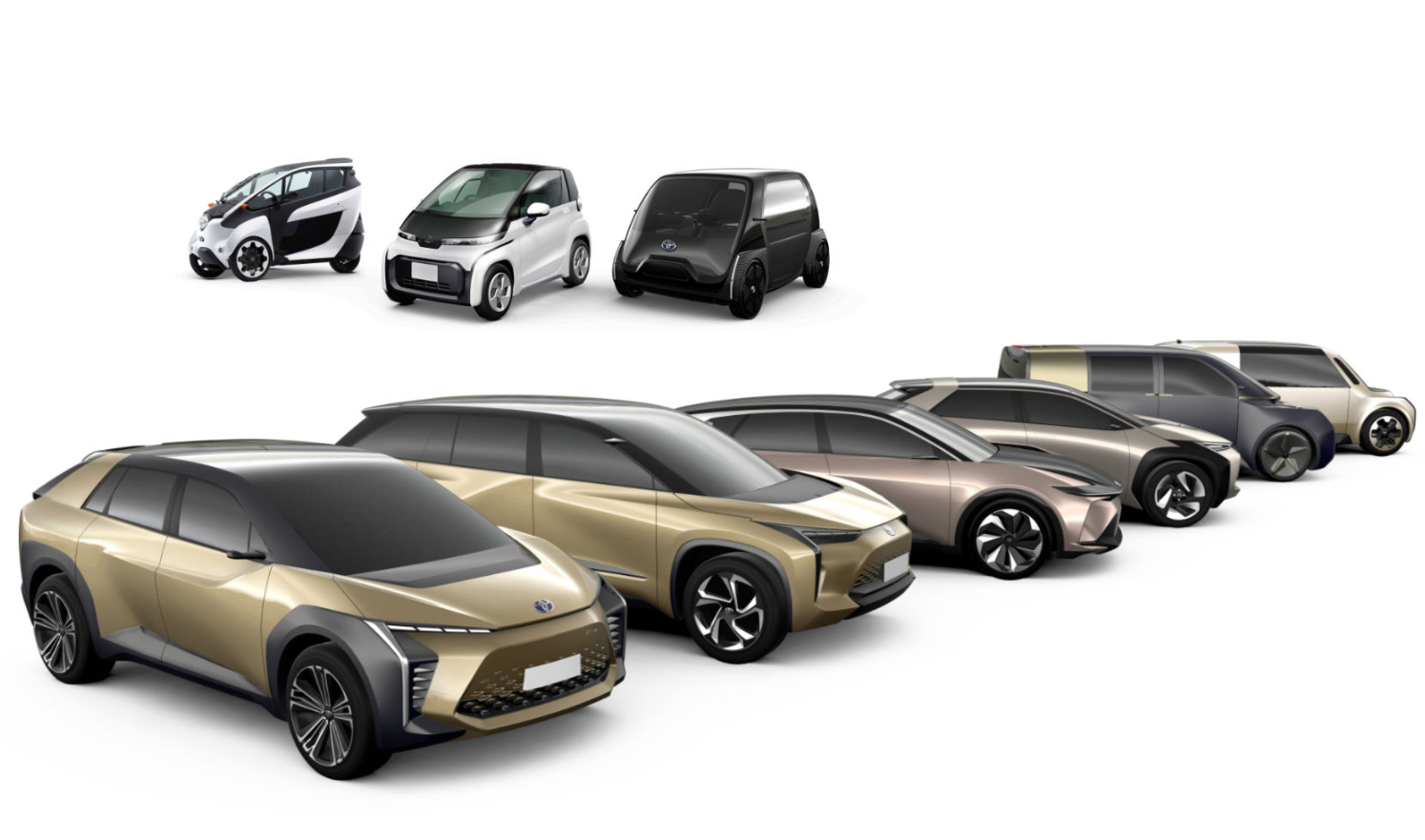
Efficiency | Autonomous vehicles can reduce traffic congestion and fuel usage for more cost-efficient driving patterns, making a positive contribution towards a more eco-friendly future.
Accessibility
Autonomous vehicles could provide increased mobility and independence to individuals unable to drive due to disabilities or age, improving their overall quality of life.
Connected Cars: Enhancing Communication
Vehicle-to-Everything (V2X) technology.
Connected cars are vehicles capable of communicating wirelessly with other cars, infrastructure, and devices via wireless networks. This Vehicle-to-Everything (V2X) communication allows real-time data sharing that improves safety and efficiency on roads. By 2025 we should see an exponential rise in connected car usage, creating smarter and safer roads.
Real-Time Traffic and Navigation Updates
Connected cars will revolutionize navigation by providing real-time traffic updates, enabling drivers to navigate efficiently around congested areas and find more efficient routes that not only save time but also reduce fuel consumption and emissions for a cleaner environment.
Sustainable Materials and Manufacturing Processes: Eco-Friendly
As awareness of sustainability increases, the automotive industry is taking steps towards becoming more eco-friendly. By 2025, more cars will likely use sustainable materials, including recycled plastics, bio-based materials and lightweight metals that not only reduce environmental impact during production but can also increase fuel efficiency due to their lightweight properties.
Automakers are investing in more sustainable manufacturing processes, including renewable energy sources and efficient waste management systems. This shift towards sustainability will play a pivotal role in lowering environmental footprints of automotive production.
Futuristic Designs: Combining Aesthetics and Functionality
Cars in 2025 will not only be more technologically advanced but will also feature futuristic designs that combine aesthetics and function seamlessly. We can expect sleek aerodynamic exteriors which not only look appealing but can help improve fuel efficiency as well.
Car interiors will become more customizable and adaptable, featuring features like reconfigurable seating arrangements and advanced infotainment systems that enable drivers and passengers to personalize their driving experience, making it more relaxing and pleasurable.
Conclusion
2025 will mark a transformative time for the automotive industry. Advancements in electric vehicles, autonomous driving technology, connected cars and sustainability promises a dramatic transformation in how we travel and interact with vehicles – as technology progresses further our cars will provide safer driving experiences that offer more efficiency than ever.
FAQs
- Q: Will electric vehicles play an increasing role in the automotive industry by 2025?
- A: By 2025, consumers are projected to increasingly opt for EVs due to advances in battery technology and charging infrastructure.
- Q: Will autonomous vehicles reach Level 3 or 4 autonomy by 2025?
- A: By 2025, many cars should have reached this milestone of driving autonomy and provide hands-off driving in certain conditions.
- Q: What is Vehicle-to-Everything (V2X) communication?
- A: Vehicle-to-Everything (V2X) communication refers to technology that allows vehicles to interact wirelessly with each other and infrastructure on roads for enhanced safety and efficiency on our roadways.
- Q: How is the automotive industry becoming more eco-friendly?
- A: Automotive producers have taken several steps towards becoming more sustainable by employing eco-friendly materials in car production and employing sustainable production processes that utilize renewable energy sources and provide effective waste management systems.
- Q: What can we anticipate from future car designs of 2025?
- A: In 2025, cars will feature futuristic designs that combine aesthetics and functionality; featuring sleek exteriors topped off by customizable, adaptable interiors.
